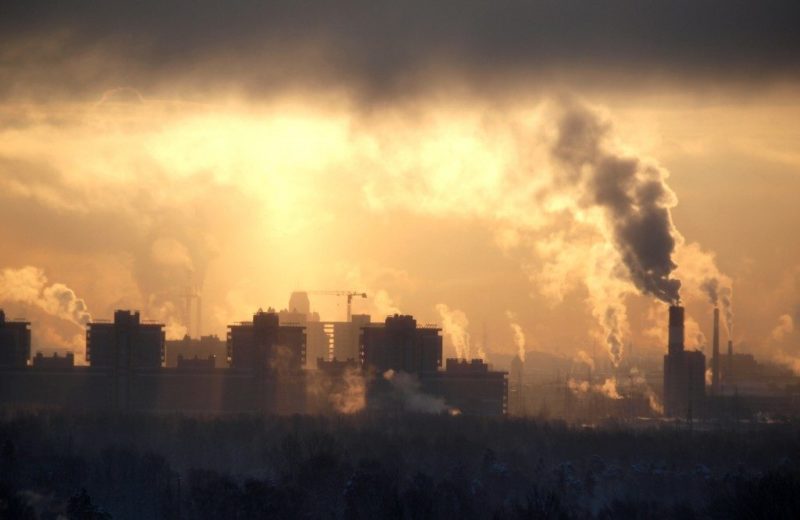Geraint Davies Working hard for Swansea - yn gweithio dros Abertawe

A version of this article appeared in the Independent on April 24th.
Urban areas with high nitrogen dioxide levels are expected to experience higher death rates from Covid-19 – as is already proving the case in London and Birmingham
Improved air quality has been one of the few silver linings of the coronavirus and must be sustained through any exit strategy. Stories of wildlife returning to previously uninhabitable spaces and toxic nitrogen dioxide reducing by up to 60 per cent in some cities have provided a much-needed respite from the heartbreak and devastation caused by Covid-19.
The rapid improvement in pollution levels thanks to lockdown gives researchers a unique opportunity to investigate the various health effects of air pollution and the speed with which they can be reversed.
For those working in this area, the expectation is positive. Following the efforts by the Chinese authorities to improve air quality for the Beijing Olympics, newborn birth weight increased by an average of 27 grams. Another intervention study showed that academic performance improved after air filters were fitted to schools in Los Angeles.
In the UK, experts predict a dramatic reduction in incidences of asthma and hospital admissions related to non Covid-19 respiratory conditions. While those benefits may be difficult to feel in the immediate aftermath of Covid-19, we can instead think about the situation in reverse.
People with cardiovascular disease or pulmonary disease, caused by exposure to small particulates (PM2.5), are especially at risk of being hospitalised if they do catch Covid-19. A Harvard study found an increase in PM2.5 of just one microgram per cubic metre of air is sufficient to increase the chances of dying by 15 per cent. Urban areas are therefore expected to experience higher death rates from Covid-19 than elsewhere – as is already proving to be the case in both London and Birmingham.
This pandemic has underlined the need to take more decisive government action to clean up our air for good by ensuring pollution levels follow World Health Organisation guidelines are enshrined them in the Environment Bill. It also proves why we must go further and regulate for the indoor environment too – the place where people spend 90 per cent of their time already, regardless of isolation.
With the chief medical officer proposing at least six months until the UK can leave lockdown and return to a more normal life, and the legislation permitting two years of social and other restrictions for Covid-19, we must be better equipped to deal with the next outbreak.
Public health cannot be confined to one area. It’s time the government takes the fight to where it appears. Further delays will not be tolerated and, like a properly funding the NHS, reducing air pollution must now be a priority.
